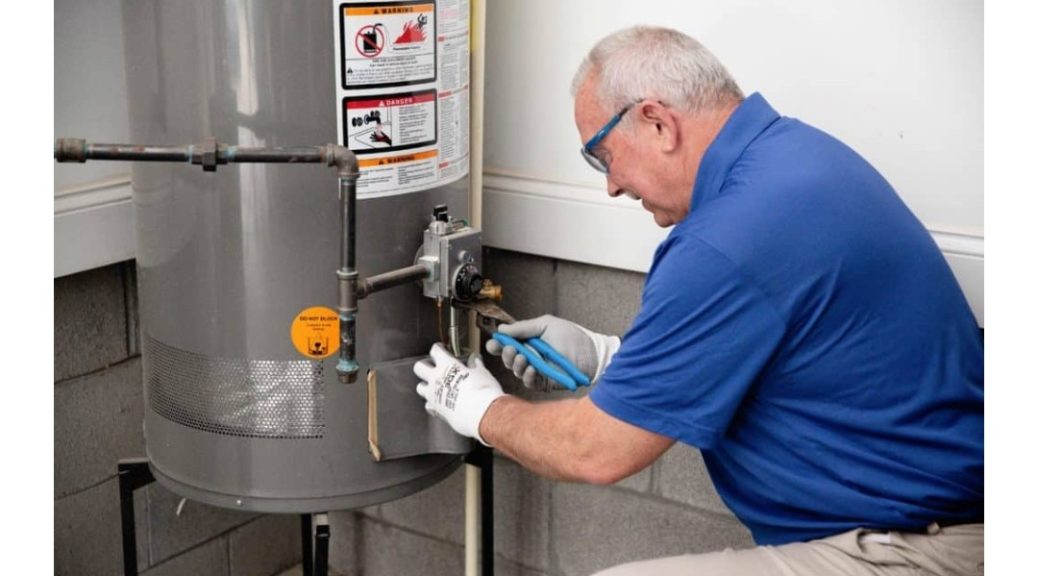
Water heaters are essential appliances in our homes, providing hot water for showers, dishwashing, laundry, and more. However, like any other appliance, they require regular maintenance to function efficiently and extend their lifespan. In this blog post, we’ll explore the key steps you can take to maintain your water heater, ensuring it runs smoothly for years to come.
#### 1. **Regularly Inspect and Flush the Tank**
One of the most important maintenance tasks for a water heater is to regularly inspect and flush the tank. Over time, sediment and mineral deposits can accumulate at the bottom of the tank, reducing efficiency and potentially causing damage. To prevent this:
– **Turn off the water heater:** For electric models, switch off the power at the circuit breaker. For gas models, turn the gas valve to the “pilot” position.
– **Connect a hose to the drain valve:** Place the other end of the hose in a floor drain or outside.
– **Drain the tank:** Open the drain valve and allow the tank to empty. This will help flush out any sediment.
– **Refill the tank:** Close the drain valve, remove the hose, and turn the cold water supply back on. Once the tank is full, turn the power or gas back on.
It’s recommended to flush your water heater at least once a year. If you live in an area with hard water, you may need to do this more frequently.
#### 2. **Check the Anode Rod**
The anode rod is a crucial component of your water heater, as it prevents corrosion by attracting corrosive elements in the water. Over time, the anode rod will corrode and need to be replaced to continue protecting your tank.
– **Locate the anode rod:** It’s typically at the top of the water heater.
– **Inspect the rod:** If it’s less than half an inch thick or coated in calcium, it’s time to replace it.
– **Replace the rod if necessary:** Simply unscrew the old rod and screw in a new one. Ensure the new rod is made of magnesium or aluminum for optimal performance.
Check the anode rod every one to three years, depending on your water quality.
#### 3. **Test the Pressure Relief Valve**
The pressure relief valve is a safety feature that prevents your water heater from over-pressurizing. If this valve isn’t working correctly, your tank could be at risk of bursting. To test the valve:
– **Locate the valve:** It’s usually on the top or side of the water heater.
– **Lift the lever:** Water should come out of the overflow pipe. If no water comes out or the valve is leaking, it needs to be replaced.
Test the pressure relief valve at least once a year to ensure it’s functioning correctly.
#### 4. **Insulate the Heater and Pipes**
Insulating your water heater and the surrounding pipes can help maintain the water temperature, reduce energy usage, and prevent the pipes from freezing during colder months.
– **Wrap the heater:** Use an insulating blanket around the tank, but make sure not to cover the top, bottom, or thermostat.
– **Insulate the pipes:** Apply foam insulation to the first few feet of the hot and cold water pipes connected to the heater.
This simple step can lead to significant energy savings and prolong the life of your water heater.
#### 5. **Set the Temperature to a Safe Level**
Setting your water heater’s temperature to a safe and efficient level is crucial for both safety and energy conservation. The recommended setting is around 120°F (49°C).
– **Lower the temperature:** If the water is too hot, it can lead to scalding and increase energy consumption.
– **Increase the temperature:** If you notice the water isn’t hot enough, you may need to raise the temperature slightly.
Check your water heater’s temperature settings periodically, especially if you have young children or elderly family members in the home.
#### 6. **Schedule Professional Maintenance**
While many maintenance tasks can be done on your own, it’s important to have your water heater inspected by a professional Plumber every few years. They can perform a thorough check, identify potential issues, and ensure all components are in good working order.
#### **Conclusion**
Regular maintenance of your water heater is essential for ensuring its efficiency, longevity, and safety. By following the steps outlined above, you can keep your water heater running smoothly, reduce energy costs, and avoid costly repairs. A little effort goes a long way in maintaining this vital appliance, allowing you to enjoy hot water whenever you need it.
